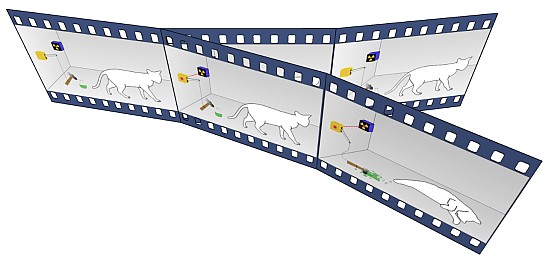With many-worlds, all quantum mechanics is local
Ars Technica » Scientific Method 2014-07-17

Quantum nonlocality, perhaps one of the most mysterious features of quantum mechanics, may not be a real phenomenon. Or at least that’s what a new paper in the journal PNAS asserts. Its author claims that non-ocality is nothing more than an artifact of the Copenhagen interpretation, the most widely accepted interpretation of quantum mechanics.
Nonlocality is a feature of quantum mechanics where particles are able to influence each other instantaneously regardless of the distance between them, an impossibility in classical physics. Counterintuitive as it may be, nonlocality is currently an accepted feature of the quantum world, apparently verified by many experiments. It’s achieved such wide acceptance that even if our understandings of quantum physics turn out to be completely wrong, physicists think some form of nonlocality would be a feature of whatever replaced it.
The term “nonlocality” comes from the fact that this “spooky action at a distance,” as Einstein famously called it, seems to put an end to our intuitive ideas about location. Nothing can travel faster than the speed of light, so if two quantum particles can influence each other faster than light could travel between the two, then on some level, they act as a single system—there must be no real distance between them.
Read 17 remaining paragraphs | Comments